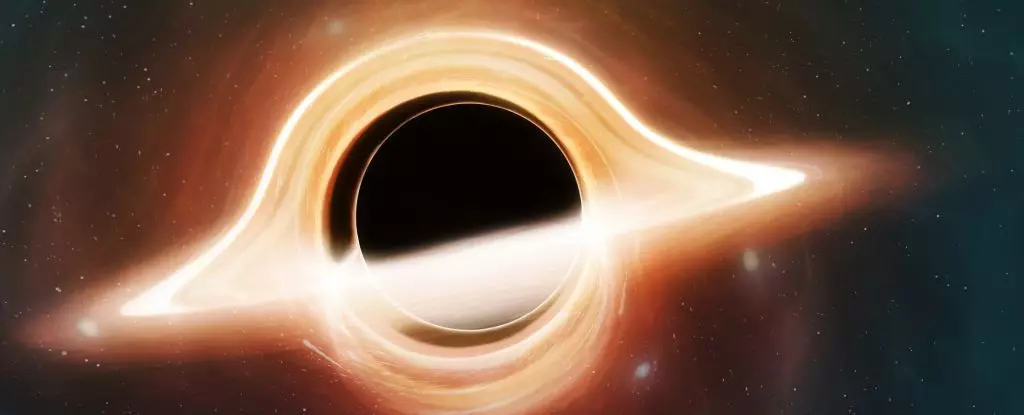The recent discovery of an intermediate mass black hole near the center of the Milky Way galaxy has sparked excitement among astronomers. Named IRS 13, this cluster of stars is believed to house a black hole in its midst, providing valuable insights into the growth and evolution of black holes.
IRS 13 is not just any black hole – it falls within the intermediate mass range, a rarity in the vast expanse of the Universe. This category of black holes, with masses ranging from 100 to 100,000 solar masses, bridges the gap between stellar-sized black holes and supermassive monsters. The scarcity of intermediate mass black holes has long puzzled scientists, making the discovery of IRS 13 even more significant.
What makes IRS 13 even more intriguing is its proximity to the galactic center, just 0.1 light-years away from Sagittarius A* (Sgr A*), the supermassive black hole at the heart of the Milky Way. This close proximity suggests that IRS 13 may play a vital role in fueling the growth of Sgr A*, offering valuable clues on how black holes evolve over time.
The discovery of IRS 13 was not without its challenges. Initially thought to be a single massive star, the cluster baffled astronomers with its changing identity. However, a team of researchers led by astrophysicist Florian Peißker of the University of Cologne delved deeper into the mysteries of IRS 13. By studying the movements of stars and gas clumps within the cluster, they uncovered a surprising level of orderliness in their orbits.
One possible explanation for the orderly motion within IRS 13 is the influence of Sgr A*, which may be subtly shaping the trajectories of objects within the cluster. However, the researchers hypothesized that there must be something within IRS 13 itself that is gravitationally binding the cluster together. Through careful observations and modeling, they were able to pinpoint the location of a dense object within the cluster.
The observations revealed a ring of ionized gas rotating at a speed of 130 kilometers per second, accompanied by X-ray emissions. By analyzing these movements, the researchers estimated the mass of the object at the center of the ring to be around 30,000 solar masses, confirming the presence of an intermediate mass black hole. This groundbreaking discovery sheds light on the elusive nature of black holes and offers new avenues for exploration.
As researchers continue to study IRS 13 with advanced instruments, more insights are expected to emerge regarding the enigmatic object at its core. The discovery of this intermediate mass black hole represents a significant milestone in our understanding of black hole evolution and provides valuable clues for unraveling the mysteries of the Universe.
By delving into the depths of IRS 13 and uncovering the secrets hidden within its stellar cluster, astronomers have taken a significant step towards demystifying black holes and their role in shaping the cosmos. As our knowledge of these cosmic giants expands, so too does our understanding of the intricate web of interactions that govern the Universe.


Leave a Reply